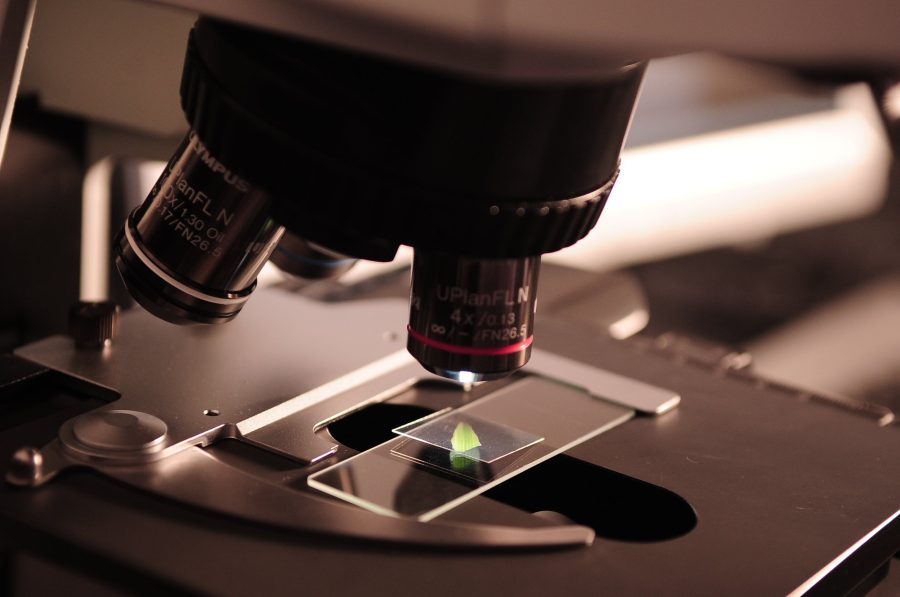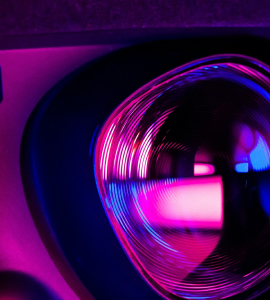A team of MIT researchers has developed a groundbreaking new imaging technique that enables scientists to observe up to seven different molecules at once inside living cells. This new method, described in a study published today in Cell, will give researchers an unprecedented view into the complex molecular signaling networks within cells.
According to a Nov. 28 announcement, the technique makes use of fluorescent reporter proteins that switch on and off, or “blink”, at different rates. By imaging cells over time and computationally extracting each fluorescent signal, the researchers can track changing levels of multiple target proteins simultaneously.
“There are many examples in biology where an event triggers a long downstream cascade of events, which then causes a specific cellular function,” said senior author Dr. Edward Boyden, the Y. Eva Tan Professor in neurotechnology at MIT. “It’s arguably one of the fundamental problems of biology, and so we wondered, could you simply watch it happen?”
Previously, typical fluorescence microscopes were limited to distinguishing maybe two or three colors, restricting scientists to seeing just a tiny part of overall activity. By exponentially increasing the number of molecular signals they can visualize, Dr. Boyden’s team has overcome a major barrier.
This approach could be revolutionary for elucidating phenomena like cell aging, cancer metastasis, learning and memory in the brain, and more by revealing how networks of signals interact. The researchers have already demonstrated it in cell division cycles and plan to study things like nutrient response, gene expression changes, and neural signaling next.
“You could consider all of these phenomena to represent a general class of biological problem, where some short-term event — like eating a nutrient, learning something, or getting an infection — generates a long-term change,” explained Dr. Boyden.
The key is using fluorescent labels that blink on and off at defined rates, then computationally unmixing their signals after imaging cells for minutes to days. The team continues working to expand their fluorescent palette even further. Importantly, implementation is straightforward on basic light microscopes already ubiquitous in labs worldwide.
Featured Image: Pexels


















